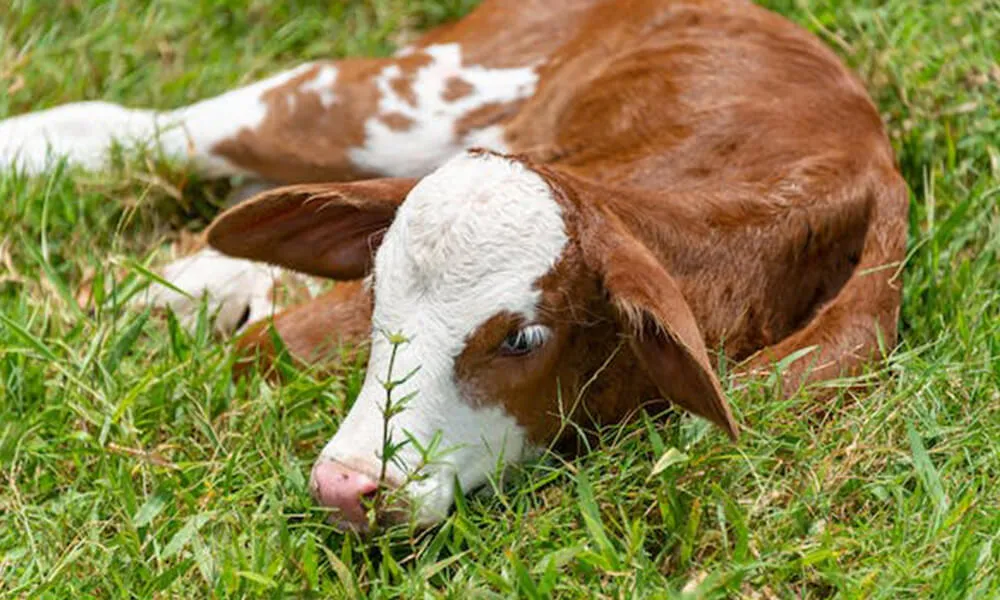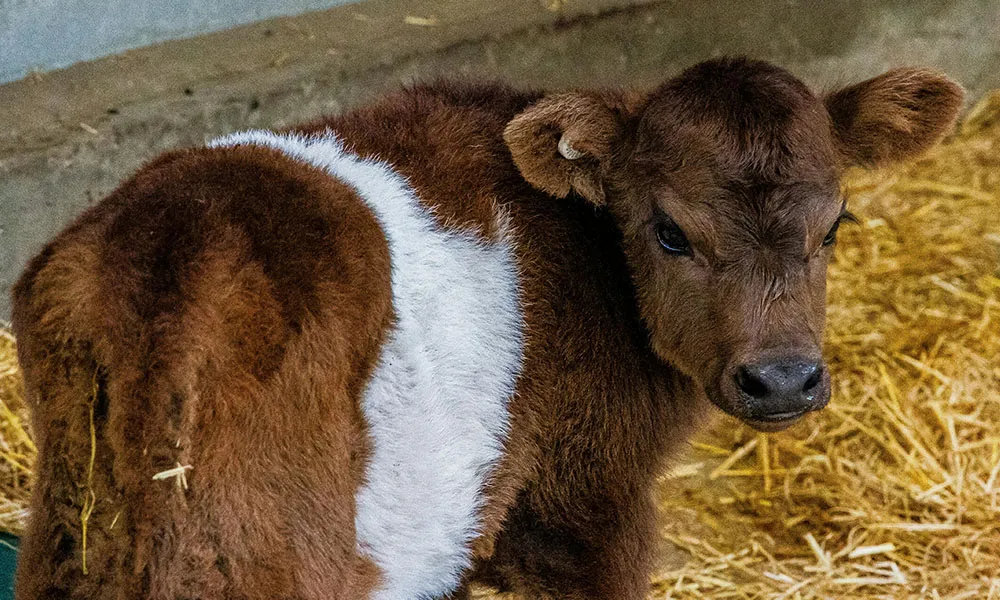
With calving season now well underway, many of us will be concerned about the threat of scour. Scour is the most common health ailment among young calves and, depending on the cause, there is a relatively high likelihood that it will prove fatal. Calves are most vulnerable to fatal scour during the first couple of weeks of life. However, they are at risk for at least the first two months of life. Studies indicate that the largest share of scour-related deaths occur within the first six weeks after birth.
Scour: what causes it?
The causes of scour can be broken into three distinct categories.
The first category are parasitic and include the likes of cryptosporidiosis and coccidiosis. The second group are the viruses, most notably rotavirus and, of course, coronavirus. The third group are common bacteria, such as salmonella and e. coli. Scour caused by all of these will usually occur within the first six weeks.
In the case of cryptosporidiosis, infection can occur when the calf is still little more than new born (1 week or less). The same applies in the case of e. coli, though this infection is not overly common in my experience.
Symptoms of scour in calves
While the cause may be difficult to assess, the symptoms of calf scour are very easy to identify. Typically, you will notice that the calf’s stools are a brighter colour, usually yellow, very light brown or white. This may be preceded by extremely hard stools (usually a strong indicator that the calf is coming down with a case of scour). Calves will appear dull of themselves, with glassy eyes and a high temperature. Weight loss is very common, as are dehydration-related symptoms.
It is worth remembering that it is the lack of fluid in the body (i.e. dehydration) that will eventually kill the animal.
How to treat calf scour
Treatment of calf scour usually entails rehydration therapy. While this may sound sophisticated, it is not. In essence, rehydration therapy simply means ensuring that you replace fluids lost through the faeces with adequate liquid and electrolytes. You should focus on treating the calf with small feeds of electrolytes in line with manufacturer guidelines. Remember that a scouring calf will need twice the amount of fluids that a healthy calf will. In practice, this means that you will have to give your calves about 8 litres of fluid a day until they recover.
For electrolyte treatment to be successful, you should ensure that your electrolytes have a Strong Ion Difference or SID.
How to prevent calf scour
While there is no sure way of preventing your calves from contracting scour, there are a number of key steps you can take to reduce the risk. In the first instance, it is important to support a new calf’s immune system, so that the animal can fight off unwanted parasites, viruses and bacteria. The best way to do this is by ensuring that the calf gets enough good quality colostrum in the hours after birth.
Furthermore, the provision of clean, dry and spacious housing is essential. All feeding and housing facilities should be cleaned and sterilised regularly, while water sources should be checked frequently for contamination.
While they are often unavoidable, management practices such as debudding and castration also place huge stress on a young animal’s body. It is not uncommon for calves to come down with scour in the hours or days after such a traumatic event. Therefore, try to ensure that the disbudding and castration processes are as stress-free as possible for your animals, and watch calves closely in the period following either of these traumas.
Thanks for reading.











